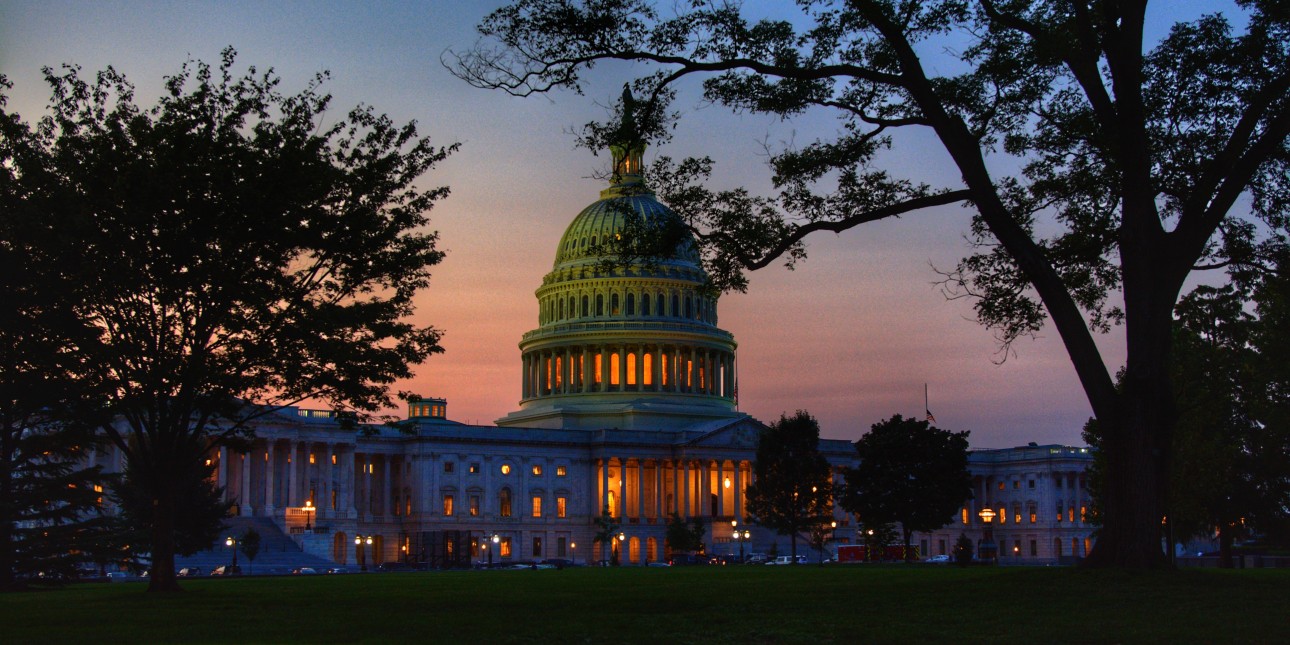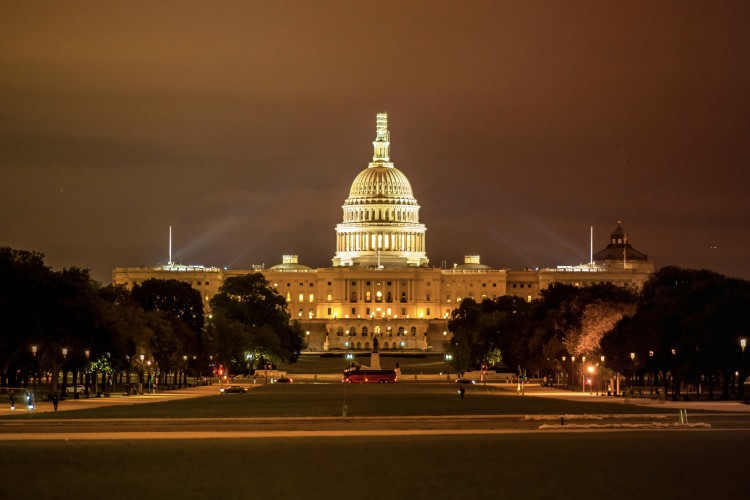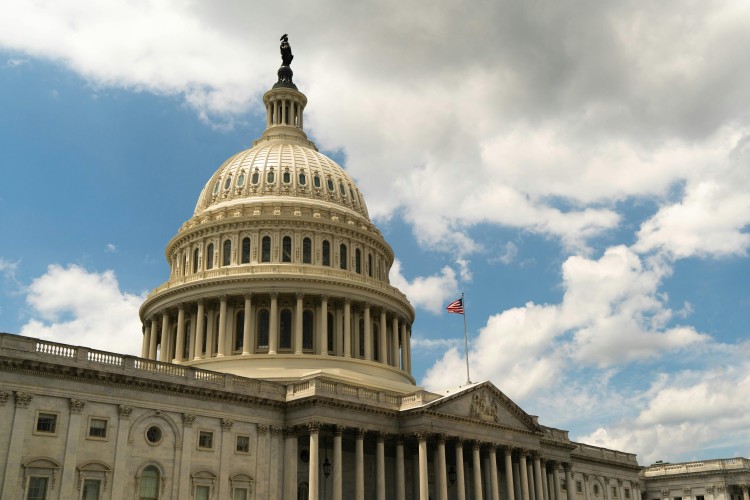Three Major Federal Funding Updates: The American Rescue Plan, Infrastructure & Economic Stimulus Package, and the FY22 Appropriations

On March 11, President Biden signed into law the $1.9 trillion American Rescue Plan (ARP), the sixth piece of COVID-relief legislation in the last 12 months. The ARP contained nearly $50 billion in funding relevant to Youth Collaboratory’s member organizations, and to young people experiencing homelessness. Additionally, Congress is simultaneously beginning work on two additional multi-trillion dollars pieces of legislation: an Infrastructure and Economic Stimulus package, and the regular appropriations process for Fiscal Year 2022. In this blog post, Christopher Fisher, Spinnaker Government Relations, breaks down the implications to the field.
The American Rescue Plan
The following relevant supports were passed as part of the ARP:
- $21.6 billion in rental assistance, to be allocated to states and localities through the US Treasury Department. This is in addition to the $25B in rental assistance included in the December 2020 COVID Relief Act. Money may be used by eligible households for rental and utility payments for up to 18 months. Households will qualify for rental assistance if they are eligible for unemployment benefits, received an eviction notice, or have household income that doesn’t exceed 80% of the area median income (AMI). These funds will remain available for use by states until September 30, 2025.
- $9.96 billion to establish a Homeowner Assistance Fund at the Treasury Department. Funds could be used to reduce mortgage principal amounts, assist homeowners with mortgage and other housing payments, and reimburse state and local governments for money spent to prevent housing losses due to Covid-19.
- $5 billion for emergency Section 8 Housing Choice Vouchers to provide assistance through Public Housing Authorities to individuals and families who are currently or recently homeless, and to those who are fleeing domestic violence, sexual assault, or human trafficking.
- $5 billion through the Department of Housing and Urban Development’s HOME program to develop affordable rental housing, provide rental assistance and supportive services, and to help acquire non-congregate shelter to be converted into permanent affordable housing or used as emergency shelters.
- $800 million at the Department of Education for the purposes of identifying homeless children and youth and providing homeless children and youth with— (A) wrap-around services in light of the challenges of COVID–19; and (B) assistance needed to enable homeless children and youth to attend school and participate fully in school activities. The balance of any remaining funds shall be available as grants to local education agencies for other educational stabilization activities.
- $750 million to provide housing assistance and community development services through tribal grant programs.
- $100 million to support individuals living in rural Agriculture Department-subsidized properties who have experienced income loss but aren’t receiving federal rental aid.
- $100 million for grants to housing counseling groups, including through NeighborWorks America
- Strengthening the Earned Income Tax Credit for individuals with no qualifying children, including ‘qualified homeless youth’ meaning, “with respect to any taxable year, an individual who certifies… [that they are] either an unaccompanied youth who is a homeless child or youth, or is unaccompanied, at risk of homelessness, and self-supporting.”
ARP also included several health care and employment provisions that may be relevant to Youth Collab member organizations, staff, and young people, including:
- Subsidizing 100% of premiums for individuals eligible for COBRA continuation coverage if they lose their job.
- Expanding the Affordable Care Act’s (ACA) premium tax credits for health insurance purchased through an exchange. For 2021 and 2022, for individuals at 150% or less of the federal poverty line, premiums for insurance purchased through an ACA exchange are eliminated, and premiums for all other households are reduced.
- Extending the extra $300 Federal Pandemic Unemployment Compensation through Sept. 6.
- Increasing the duration of Pandemic Unemployment Assistance (PUA) benefits to as long as 79 weeks, from 50 weeks, for individuals who don’t qualify for regular benefits.
- Extending to 53 weeks, from 24 weeks, benefits under the Pandemic Emergency Unemployment Compensation program for those who’ve exhausted regular benefits.
Infrastructure and Economic Stimulus
On Wednesday, March 31, President Biden will announce his “Build Back Better” plan at a speech in Pittsburgh. It is expected that the proposal will exceed $3 trillion, and will be divided into two parts: $2 trillion for “infrastructure” and $1 trillion or more in new and revamped social programs.
Unlike the $5.5 trillion that Congress has already spent in the last 12 months on COVID-related relief --largely intended to prevent a total economic collapse-- this next package will be geared towards revitalizing and reshaping the American economy and many federally supported social welfare programs.
Details of the plan are still unknown, but we can presume that the infrastructure component will be based on the Moving Forward Act that passed the House last Congress. Moving Forward contained over $100 billion to boost the nation’s affordable housing infrastructure by creating or preserving 1.8 million affordable homes; expanded the Low-Income Housing Tax Credit, with new, targeted housing incentives for rural and tribal communities and individuals at risk of homelessness; and established a new Neighborhood Investment tax credit that would subsidize certain development costs to encourage the rehabilitation of vacant homes or construction of new homes in distressed areas.
The social programs component of Build Back Better will likely contain provisions to make permanent or extend the Earned Income Tax Credit. Youth Collaboratory, a co-founder of the National Coalition for Housing Justice, is pushing for the inclusion of universal Housing Choice Vouchers (HCV), with specific flexibility to meet the needs of youth and young adults, so that every individual and family eligible for Section 8 HCV receives housing assistance. This assistance must also be coupled with the adequate availability of services for those individuals who require support.
Congress is already in conversations regarding the design and structure of this Infrastructure/Stimulus package. Activity will only increase over the next several months as the White House is eager to move this legislation forward relatively quickly. However, the White House and Democrats have yet to resolve some political barriers to these bills, particularly in the Senate where 60 votes are typically required to move legislation. Democrats will either need 10 Senate Republicans to support their proposal(s), or they will need to eliminate the filibuster, or to pass these bills via “reconciliation,” a technical procedure that bypasses the 60-vote requirement but comes with significant trade-offs. We will learn more about Democrats’ intended path forward in the coming weeks.
FY2022 Appropriations
Congress is once again enmeshed in the annual appropriations process. In contrast to the many COVID bills, appropriations is the process by which Congress “keeps the lights on” within the federal government. Appropriations occur every year, and is the means by which Congress actually allocates funding to federal departments, agencies, and programs. Appropriations funds the regular functions of everything from the Department of Agriculture, to the Department of Defense.
The President’s FY22 budget request to Congress will be released the week of March 29 and will supercharge the appropriations process. Many Members of Congress are already soliciting feedback from constituents regarding priorities for federal funding. Now is the time to be advocating with your Members regarding the needs in your community.
Youth Collaboratory supports increased funding for Youth Mentoring Grants, the Runaway and Homeless Youth programs, and a significant infusion of dollars for youth-specific projects and flexibilities derived from the Youth Homelessness Demonstration Program (YHDP). The goal of this “What’s Next for YHDP” proposal is to leverage lessons learned from YHDP and other systems-change initiatives to help all CoCs nationwide improve their ability to effectively serve youth and young adults experiencing homelessness, while engaging in authentic youth collaboration in all aspects of design, delivery, and evaluation.
It is relevant to note that, for the first time in a decade, Congress will once again consider earmarks. Now called Community Project Funds, these new earmarks come with significant restrictions and guidelines to hopefully prevent the abuses of the past.
Congress will work from now until at least September 30 to finalize FY2022 appropriations. The 2022 federal fiscal year begins on October 1, 2021.
Resources
This blog series will continue to be updated regularly. In the interim, the following links may provide additional valuable resources to help understand what’s happening in DC:
- Punchbowl News provides an excellent, if somewhat granular, daily report and analysis on the current status and activity of Congress (“Punchbowl” is the Secret Service name for the U.S. Capitol). Their email AM briefing is free.
- Reports from the Congressional Research Service (CRS) is the crutch used by every Hill staffer and lobbyist to understand complex federal policies in a very short period of time. CRS Reports were made available to the public for the first time two years ago, and are an incredible resource for anyone who has questions about how a federal policy, program and system works.
- A cheesy (but hopefully effective) video on How to Use Grants.gov to find federal competitive opportunities for those who are less familiar or could use a refresher.


